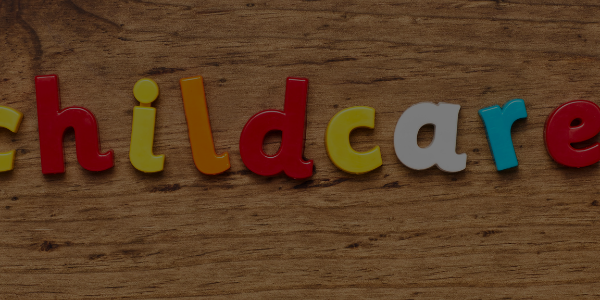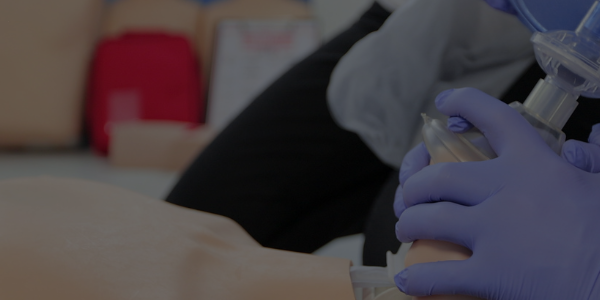Eczema is a common skin condition that can be especially prevalent in children. It’s characterized by itchy, red patches on the skin that can appear anywhere on the body but are most commonly found on the elbows and knees, hands, feet and face. Eczema is not contagious, but it often runs in families who have a history of other allergic conditions such as asthma or hay fever.
What causes eczema?
The exact cause of atopic dermatitis, a type of eczema, is unknown. However, it’s believed to be linked to an overactive response by the body’s immune system to something that irritates the skin or an abnormal skin barrier that allows moisture out and germs in. It’s a chronic condition that tends to flare up periodically and then subside. The rash may last for days or weeks at a time before disappearing for a while. Atopic dermatitis may develop as a result of exposure to certain chemicals or situations such as:
- Soaps and detergents
- Dust
- Pollen
- Pet dander
- Cigarette smoke
- Stress
There are many things that can cause eczema flare-ups:
- Irritants such as soaps, detergents, shampoos, disinfectants, juices from fresh fruits, meats, or vegetables
- Allergens such as dust mites, pollens, mold, dandruff, and animal dander
- Stress or emotional problems
- Bacterial infections
Eczema affects people of all ages but is most common in infants and children. It is not contagious, so it cannot be passed from person to person. Approximately 10% to 20% of all infants have eczema, but only about half of these cases continue into adulthood. About 65% of children who have eczema will continue to have symptoms as adults, although these symptoms may be less severe.
Symptoms of eczema may include:
- Dry skin that may be scaly or thickened (lichenification)
- Redness (erythema)
- Itching (pruritus) that may be intense
- Swelling (edema)
- Crusting and oozing
- Cracking of the skin (fissures)
- Infection may cause clear fluid discharge or pus-filled bumps that are red or yellow in color
It’s tempting to try and get rid of ear wax yourself using cotton swabs, bobby pins, or ear candles. But these can push wax further into the ear, causing impaction. Even worse, they can perforate the eardrum or cause infection.
If you think you have an impacted earwax buildup, see your doctor. He or she will use a small instrument called a curette to gently remove the wax. If necessary, your doctor may also flush out your ear with warm water or a saline solution.
Please note that regular First Aid and CPR Training is the best way to make sure that you’re prepare in the case of an emergency.
Book CPR and First Aid Training in Tullamarine, north west of Melbourne or we can come to your location. 10% off for a group of 10 or more!
Find this article useful? Read more of our blogs here!





